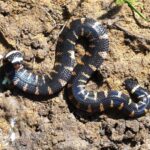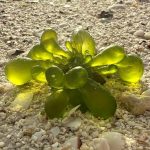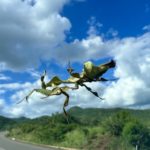Description of Goannas
The Australian sand monitor (Varanus gouldii) is also called Gould’s monitor or colloquially ‘Goanna’. There are two subspecies: Varanus gouldii gouldii and Varanus gouldii flavirufus (smaller subspecies). V. gouldii gouldii is distributed nearly all over Australia except for the southeastern- and southwestern coastlines and Cape York. And V. gouldii flavirufus lives only in the desert interior.
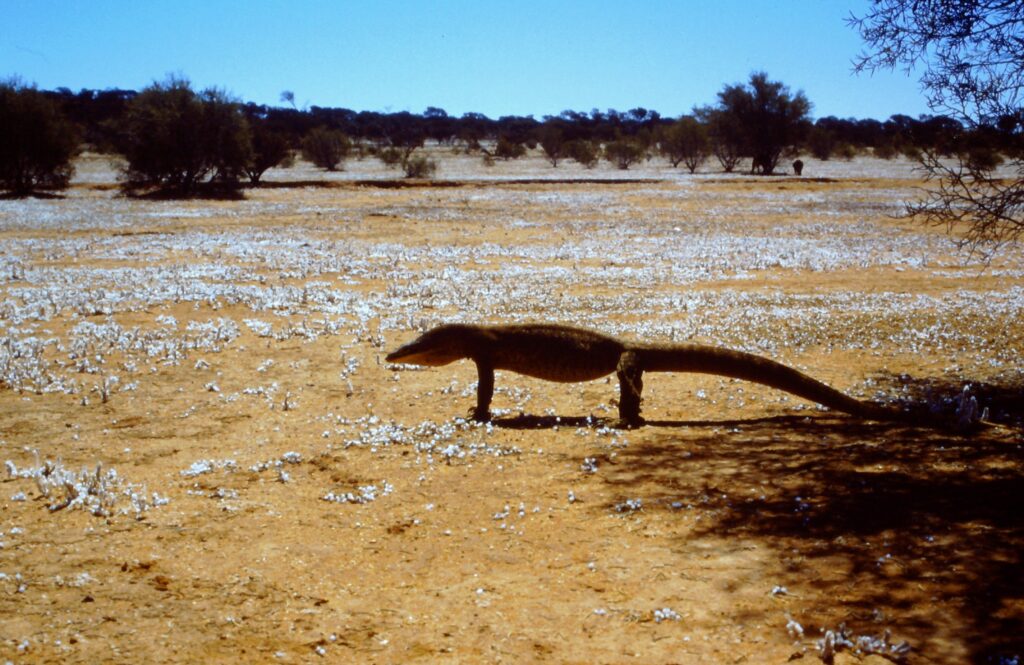
They have a distinctive coloration with yellow circles and black marks on their bodies. In the interior of Australia, they are omnipresent and—besides Dingoes—the top terrestrial predators. Dingoes are the apex predators and hold Goannas in check. But Dingos get heavily persecuted by farmers and are thinner-spread in many areas. Sand monitors (Goannas) are far more common, and they put heavy pressure on all other smaller species due to the thinning out of Dingos.
Goannas have venom glands in their jaws.
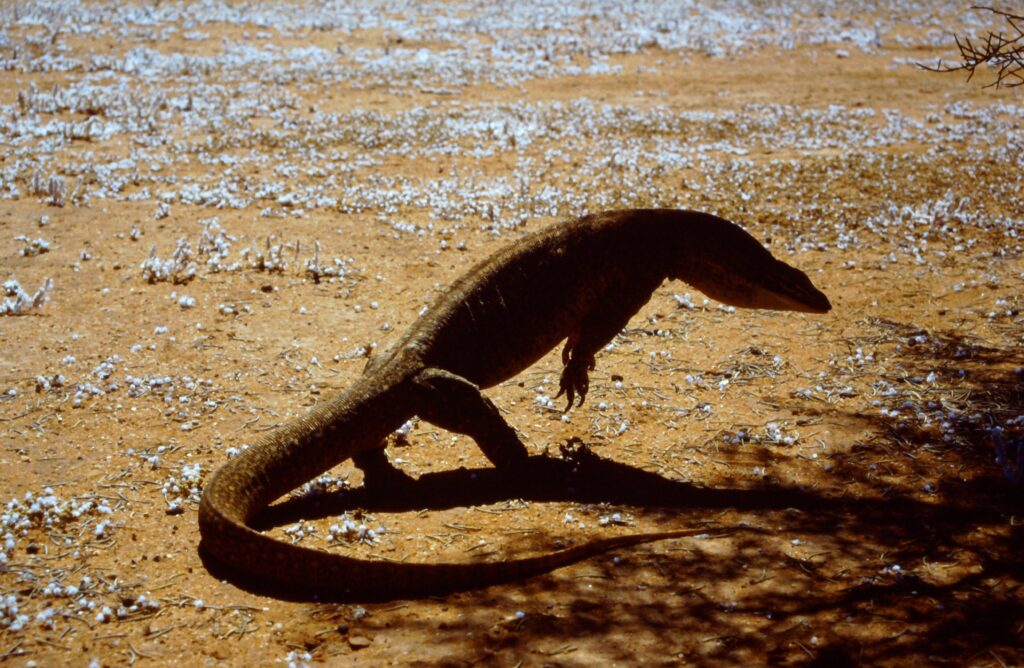
These monitor lizards kill their prey by bleeding with their sharp teeth. Until 2005, it was a dogma that Goanna’s teeth carried a high bacteria load from eating carrion. Research, however, found that this was wrong that year. One long gland channel runs on every jaw behind the teeth. This gland channel contains venom with similar properties to rattlesnake venom. But the teeth are not directly connected to that channel, so Goannas can’t inject it. It is only transmitted via salvia and, when bitten, leads in humans to a long-festering wound.
Personal experience with a majestic Goanna
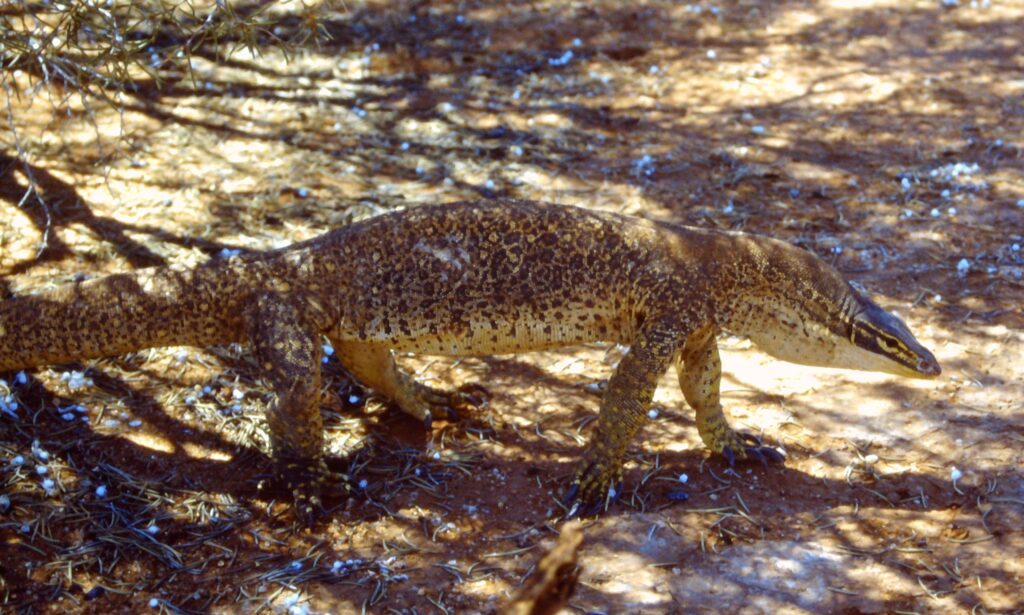
The above photos were taken when I was on an exploratory drive in the outback between Menzies and Sandstone in Western Australia. Far in the distance and off the track, I saw two kangaroos grazing, and I wanted to take some photos of them. I left my 4WD next to the track and walked towards them. Finally, there was only one dense bush between me and the kangaroos. I used this bush to mask my approach.
Creeping closer to get a good shot, I was about three meters apart from the bush when a loud hiss froze my bones—directly under the bush and in the shade lingered a big Goanna, who didn’t like me coming closer. I just remained where I was and enjoyed this Australian scene of two Roos grazing, and this majestic sand monitor was directly in front of me. He whipped his tail very forcefully towards me when he came closer but did not connect. Still closer, he got up onto his two hind legs and ran like a saurian into the scrubland.
On another occasion, I found a freshly killed Goanna on the roadside and ate it for dinner. See this article here.
Lessons learned with Goannas
- When stalking, check out the distance and the areas around you regularly.
- Respect the warning zone (3rd zone) of animals and don’t get closer after receiving their warning. Getting into the critical 4th zone results in ‘Fight or Flight’.
- We should enjoy the beauty of undisturbed animals in their comfort zone (1st zone). If not possible, stay within the alert zone (2nd zone) instead of heading into warning- and critical zones.
.



